Lol yeah. I know it will never happen, but it's fun to speculate on.
It would be such a vintage Sony move, though :D if Ken were around, he'd do it.
Lol yeah. I know it will never happen, but it's fun to speculate on.
Hold on... Do you really expect Microsoft to allow you to stream games you already own, without needing to pay for a subscription service?Ok, I understand your intent now. But I think we're talking about two different things: the technology platform to stream games (PS Now, xCloud, Project Stream, Geforce Now) and the service/method of achieving or providing access to play a game (subscribing, direct purchase, Games with Gold, PS+).
PS Now is a cloud platform that (as far as I know) exclusively relies on a subscription service to access. GamePass is a subscription service that (currently) available on Xbox One and PC (limited for now, soon to be expanded on PC). The expectation/speculation, is that xCloud is a cloud platform that allows you to access games that you already have access to on your home console (owned or subscribed) - if you own a game, you have access to it, if you're subscribed to gamepass and a game is on gamepass, then you have access to it. xCloud will be the technology of Xbox's cloud platform, the means of accessing games will remain the same whether on a local Xbox or streaming the game from xCloud.
That's the problem here. xCloud's technical possibilities are no difference from PS Now. MS haven't actually announced a business model so any claim that xCloud lets you play any game you own streamed as a differentiator to PS Now is pure speculation. I think it's pretty likely the primary use for xCloud will be a library based subscription service no different from PS Now. Anything above and beyond that can be easily matched by PS Now if the demand is there.
Also, MS owns it's own cloud infrastructure unlike Sony. It would be easy for them to say that anyone with a Gold subscription gets access to stream all the games they've bought, or have a Xbox Live Platinum for a few more $ per month for streaming. Add Game Pass and get an extra 200+ games. That would entice people to get Xbox Live and bring up their subscriber count, maybe even make a package with both!
Hold on... Do you really expect Microsoft to allow you to stream games you already own, without needing to pay for a subscription service?
You do realise that streaming costs more money than just regular online multiplayer right? So if MS already charge you for online multiplayer, there is no chance in hell that they would let you stream games for free, even if you own a copy of the game. it doesn't matter that you own a copy, the costs of running a streamed game require upkeep in the long run that would NOT be covered by a one time purchase of a game.
This is why i can't take Microsoft game streaming supporters seriously; that it is filled with not just speculatons, but outright fantasies.
Game streaming is going to require subscription, full stop. It is the only way it is financially sustainable. Online multiplayer should be free, because you are using your own internet. But Game Streaming CAN'T be free, because the company is using their own resources that could have been used to make money instead. Donesn't matter if you own the game at home, if you stream that same game you are still going to have to pay for it.
xCloud will stream to any device (phone, tablet, PC, etc), which is already better than what PSNow does. PSNow is in 720p, I'm assuming MS will push for at least 1080p. So right there xCloud should already do more than PSNow.
xCloud will stream to any device (phone, tablet, PC, etc), which is already better than what PSNow does. PSNow is in 720p, I'm assuming MS will push for at least 1080p (with HDR?). So right there xCloud should already do more than PSNow.
Also, MS owns it's own cloud infrastructure unlike Sony. It would be easy for them to say that anyone with a Gold subscription gets access to stream all the games they've bought, or have a Xbox Live Platinum for a few more $ per month for streaming. Add Game Pass and get an extra 200+ games. That would entice people to get Xbox Live and bring up their subscriber count, maybe even make a package with both!
https://www.eurogamer.net/articles/digitalfoundry-2014-sony-creates-custom-ps3-for-playstation-now
This was the last info we got on Sony manufacturing the Cell. And you may be right that they have since stopped producing them at some point. So if no one is making the Cell anymore how is Sony expected to expand PS Now going forward other than designing hardware that's able to emulate it? I also posted that article about them buying that Cell fab from Toshiba, although it was long ago.
xCloud will stream to any device (phone, tablet, PC, etc), which is already better than what PSNow does. PSNow is in 720p, I'm assuming MS will push for at least 1080p (with HDR?). So right there xCloud should already do more than PSNow.
Also, MS owns it's own cloud infrastructure unlike Sony. It would be easy for them to say that anyone with a Gold subscription gets access to stream all the games they've bought, or have a Xbox Live Platinum for a few more $ per month for streaming. Add Game Pass and get an extra 200+ games. That would entice people to get Xbox Live and bring up their subscriber count, maybe even make a package with both!
PlayStation 5
Zen 2 8 core @3.0Ghz CPU
Navi ~14TF GPU
24GB GDDR6 RAM
1TB HDD Sata3 7200rpm (SSD optional)
Full HDMI 2.1 support
All PS4 games backward compatible with boost mode and super sampling
PS3 emulation coming later (please Sony)
Dolby Vision/Atmos support for games and movies
DualShock 5 with USB type C and a touchscreen display
BDXL
399$ - March 2020
500$ today are different to 600$ back then.Question for the Knowledgeable members.
So what price are we looking at for ps5? $499 or $399 or both? Do we think Sony will do a 2006 again or more PS4 price range?
Or is it too soon to make any guesses? Thanks.
lmao at people thinking they will get a 1TB console today
how can you even imagine having 3-4 games on your PS5 later like in 2026?
IIRC they bought the Toshiba Cell fab then got rid of it ages ago (or repurposed it for image sensors - I don't quite recall).
Your Eurogamer article makes no mention of manufacturing. It's talking about the custom server PS3 chip they developed (likely with IBM). That deals with the design. They'll get Globalfoundries or TSMC to fab chips if they need them, but I'm not sure why you think they'll need additional PS3 server capacity when the console has been discontinued and will see less and less consumer use moving forwards.
I think they'll even switch off PSN entirely for PS3 soon, if they haven't already.
Don't set yourself up for disappointment.
Businesses aren't in the business of giving away shit for free. And server time + bandwidth costs them money. They are almost certainly not going to decide not to recoup those costs by charging a subscription for xCloud.
Best not to go too wild on the speculation and conjecture. xCloud as of this moment isn't even a thing as far as the consumer can see. Once it actually launches as a service, you'll see what it can and can't do, and I think you'll be disappointed if you're not careful to rein in those crazy expectations.
$499 is on the table, but I'd say $399 is more likely since they already have more than enough evidence that price point can work. I wouldn't be surprised at all by $499 though.Question for the Knowledgeable members.
So what price are we looking at for ps5? $499 or $399 or both? Do we think Sony will do a 2006 again or more PS4 price range?
Or is it too soon to make any guesses? Thanks.
Unlike many of their counterparts in the industry. Microsoft is able to absorb the cost for a long time in order to gain market share and users. I have no doubt that we will likely see a combined XBL, GP and XCloud service based on the price of around $15. Xbox will likely stay in the red for a while as Microsoft aggressively adds first party content in order to gain users.
There are plenty of other streaming apps on iPhone and Android (Shadow for example), shouldn't be an issue for MS to get theirs on those platforms as well.Actually, right now xCloud doesn't stream to anything. Sony has planned support for smart devices, too, but that involves getting through hoops with Apple and Google. Hoops Valve couldn't get through for Steamlink, and which MS has yet to attempt. There's also no reason to believe PS4 game streaming resolution couldn't be increased in the future.
I don't mean to be rude, but this is delusional.
When has MS or any of the most wealthiest tech companies in the world taken heavy losses for a long time in order to win market share?
Market share means shit when you're pissing money down the drain. MS is a publicly traded company, beholden to shareholders who care more about profit and profit growth than market share. Perpetually absorbing losses is the complete antithesis of this.
If Spencer loses his mind and decides to go this route and Nadella backs him, they'll both be ousted within a year. Guaranteed.
Here's a recent one
I always heard 3.6 billion thrown around for the OG Xbox, here they say it's 4.
So it is definitely happening, even to this day!
Realistically now with that rumor, how is a 2019 designed PS5 gonna compared to a 2020 designed Xbox?
The losses they made on the original Xbox were just that. They were in the red for the 360 too mainly because of RRoD.I don't mean to be rude, but this is delusional.
When has MS or any of the most wealthiest tech companies in the world taken heavy losses for a long time in order to win market share?
Market share means shit when you're pissing money down the drain. MS is a publicly traded company, beholden to shareholders who care more about profit and profit growth than market share. Perpetually absorbing losses is the complete antithesis of this.
If Spencer loses his mind and decides to go this route and Nadella backs him, they'll both be ousted within a year. Guaranteed.
Not sure on this but Didn't they lose billions on the 360 rrod? And the extra three year warranty they gave? I read years ago Microsoft knew of the rrod but shipped it anyway to beat Sony to market. Not sure if that's true or not.
https://www.cnet.com/news/microsoft-to-extend-xbox-360-warranty-take-1-billion-hit/
https://www.criticalhit.net/gaming/microsoft-knew-about-the-360-defects-before-launch/
Edit: Founds some links. Guess they did.
Yeah, PS3 is NOT a good example of a wise business decision. If MS want to imitate PS3, Sony would welcome it.And Sony lost billions on PS3 and we know what happen to Ken lol.
Sure companies willing to take a lost to gain market share but of course every company and shareholders have a breaking point.
The question would be what is the limit for MS but i sure it's not billion for years any more and the same for Sony .
I think it should be attributed to past success with the PS brand. They knew how lucrative the brand was based on how well it did before. They just messed up with PS3. Fast forward to 2019, well, we see how beneficial PS has been for Sony as a whole.The losses they made on the original Xbox were just that. They were in the red for the 360 too mainly because of RRoD.
If they think that there is vastly more money to be made down the line when it comes to streaming, they will absorb the cost. And it is not like they do not know that streaming is some ways off mass market appeal, Phil Spencer in one of his post E3 interviews said exactly the same.
Apart from this, Brad Sams did indicate that they are trying to work around a strategy where they can sell off capacity as cloud business before streaming gains traction.
Sony were willing to lose money for a long time on the playstation 3 console because they wanted to ensure that Blu Ray was the next generation format. It is the next generation format, but it will never have the success of DVD especially with digital downloads and streaming being as popular as they are today.
Companies will take a hit in areas where they think that there is an opportunity to gain a lot of business down the line. When you hear Ubisoft also talking about how they think that streaming is going to be the future, NVidia investing in a service that works well, Microsoft and Google all setting up streaming platforms then you know that they think that that is the next big shift in the industry.
I think it should be attributed to past success with the PS brand. They knew how lucrative the brand was based on how well it did before. They just messed up with PS3. Fast forward to 2019, well, we see how beneficial PS has been for Sony as a whole.
I'd say brand confidence had more to do with their willingness to lose than Blu Ray. They knew their was profit to be made after emerging from the sea of red.
You can upgrade it if you want. No way you are getting an 2TB HDD in the PS5.lmao at people thinking they will get a 1TB console today
how can you even imagine having 3-4 games on your PS5 later like in 2026?
X Cloud is not going to bankrupt Microsoft. It is a long term bet on where they think the industry is headed. Sony wants to bring Playstation Now to other devices. Google was testing Project Stream, Nvidia has GeForce streaming platform and Ubisoft's big wig thinks that this is going to be the last console generation before streaming is the main way people play games (I think he is wrong).If you're using loss leading on hardware or even worse the PS3 — a console that pissed away two generations worth of console profits and nearly tanked the entire company — as a justification for Microsoft practically giving away xCloud services to all Xbox users, then you're doing it wrong.
That's just not a perspective grounded in reality. The PS3 was Sony's biggest mistake of their company history, and you're looking at that and thinking, "MS wants to do that for their next-gen console"...?!?!?!
I don't really know what more to say.
They were willing to make huge losses on the PS3 to win the next generation disc format standard. That was short term hurt for what they believed would be long term gain for the company. Digital happened and it is unlikely that we will see Blu Ray seeing the success of DVD. It will make them a lot of money, but it will never be as ubiquitous as DVD was.I think it should be attributed to past success with the PS brand. They knew how lucrative the brand was based on how well it did before. They just messed up with PS3. Fast forward to 2019, well, we see how beneficial PS has been for Sony as a whole.
I'd say brand confidence had more to do with their willingness to lose than Blu Ray. They knew their was profit to be made after emerging from the sea of red.
Why not? HDDs are dirt cheap nowadays. With increasing game sizes 1TB would be a joke in 2020.You can upgrade it if you want. No way you are getting an 2TB HDD in the PS5.
well said.... we will definitely see impressions and DF analysis videos once Xcloud debuts. It's definitely going to interesting.There are plenty of other streaming apps on iPhone and Android (Shadow for example), shouldn't be an issue for MS to get theirs on those platforms as well.
PSNow resolution could be increased for sure, but they could have done so already and they haven't while others are already doing it!
We'll see what MS does soon enough. However, considering they are going live this year and already have more features announced than PSNow, and considering Sony announced their service in 2014 and haven't actually added much to it (added PC, removed all other supported devices) except game downloads to match gamepass, I am more skeptical towards them. MS has a lot more dedicated software engineering than Sony and they are a lot better at it so I wouldn't be surprised to see xCloud excel. Cloud is MS' bread and butter right now, and xCloud is an extension of it and it seems they have huge expectations for it to be a profitable venture, so I wouldn't be surprised to see MS aggressively push it and have huge discounts (just like gamepass) to get users into the service. PSNow definitely has potential with the big game library, but they lack PS1 and PS2 game streaming (MS offers all the way back to OG Xbox through BC, even though I know few games are available for that right now) and they also lack all the new 1st party offerings. We'll see if Sony decides to get aggressive on this front but lately they have been quite quiet. Could mean nothing though, maybe they are just getting ready to release the beast! If they'd have a service spanning all gens of PS and added new 1st party games at launch, I think their service would be unrivaled!
Can't wait to see the early impressions of xCloud once the service goes live, I personally have high expectations of it as it is something I would use a lot.
Why not? HDDs are dirt cheap nowadays. With increasing game sizes 1TB would be a joke in 2020.
Didnt Netflix loses lots of Money for years?I don't mean to be rude, but this is delusional.
When has MS or any of the most wealthiest tech companies in the world taken heavy losses for a long time in order to win market share?
Market share means shit when you're pissing money down the drain. MS is a publicly traded company, beholden to shareholders who care more about profit and profit growth than market share. Perpetually absorbing losses is the complete antithesis of this.
If Spencer loses his mind and decides to go this route and Nadella backs him, they'll both be ousted within a year. Guaranteed.
I don't mean to be rude, but this is delusional.
When has MS or any of the most wealthiest tech companies in the world taken heavy losses for a long time in order to win market share?
Market share means shit when you're pissing money down the drain. MS is a publicly traded company, beholden to shareholders who care more about profit and profit growth than market share. Perpetually absorbing losses is the complete antithesis of this.
If Spencer loses his mind and decides to go this route and Nadella backs him, they'll both be ousted within a year. Guaranteed.
Probably It would make in fact easier to eat for them some losses. I also rememember one of the latest spencer interview where they talking about they building xcloud in a way where they can use free computing time of the xcloud hardwarr for different purposes. This clearly is done to cut his costs overtimeThere are billions in debt .
Still you really can't do a 1 to 1 with Netflix and MS.
Just the fact MS make most of it profits from other aspects of there business would change things compare to Netflix.

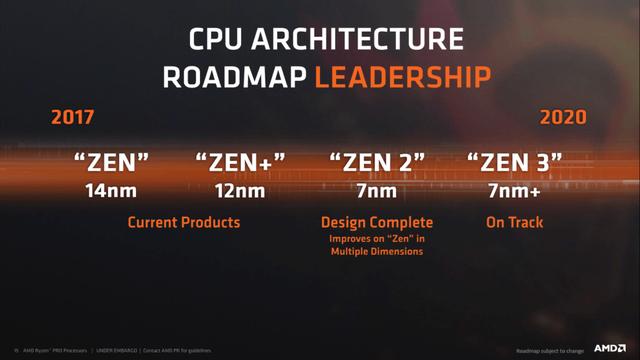
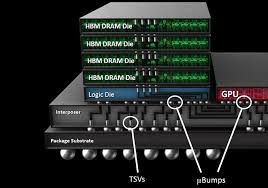
Can only speak for myself, but the more people get to experience the games we make, the better. :)
While yes, multiple configurations add development complexity, it is our job after all to work with that complexity and deliver our games to as many people as we want to / could.
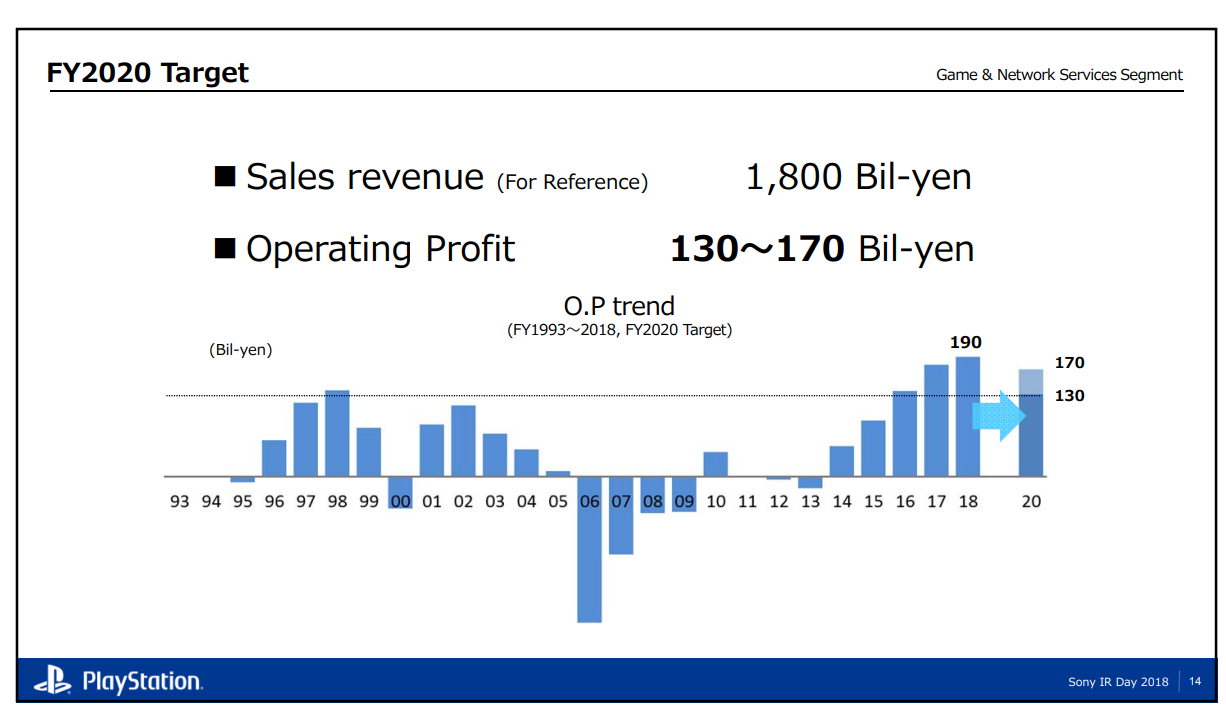
I am 90% sure, based on conversations with a fair number of developers, that the PS5 is scheduled for 2020. The 10% is because I haven't yet seen or heard concrete plans for it, and because with hardware launches, anything can change. (It might even wind up coming out later!)
My speculation:
PS5 will be announced mid-March 2019.
A full reveal at E3 2019.
More powerful than XBox One X.
It will be fully backwards compatible with PS4 games. Even with enhancements on certain titles.
The bigest change will be the controller, which will spit in two and act as motion controllers for PSVR2.
There is also a small screen that the split controller can be attached to (Either side) for remote play (Not included with console)
Trophies unlock prizes now. But not clear on details.
One of the launch games will be a Kart racer featuring lots of classic PS characters. Made by a UK developer who is working on it right now in a London studio. A studio that I have never visited.
Another launch game will be a new, untitled IP about stealth action. Featuring a female protag (Looks chinese). Kind of like a MGS clone. Set in Jungle.
Another LBP game too. But not made by the original devs. Looks more like Minecraft than the other LBP games. But with round balls or some shit. It wasn't clear.
It also looks like another Sly Cooper game will be at release too. But starring the Fox cop lady instead of Sly. (Looks like a VR shooting game).
On a side note, there will also be a PS1 Mini, just like the SNES mini released in 2019. But you will be able to download extra titles into it through PSN. Pricey.
That's my pure and total speculation.

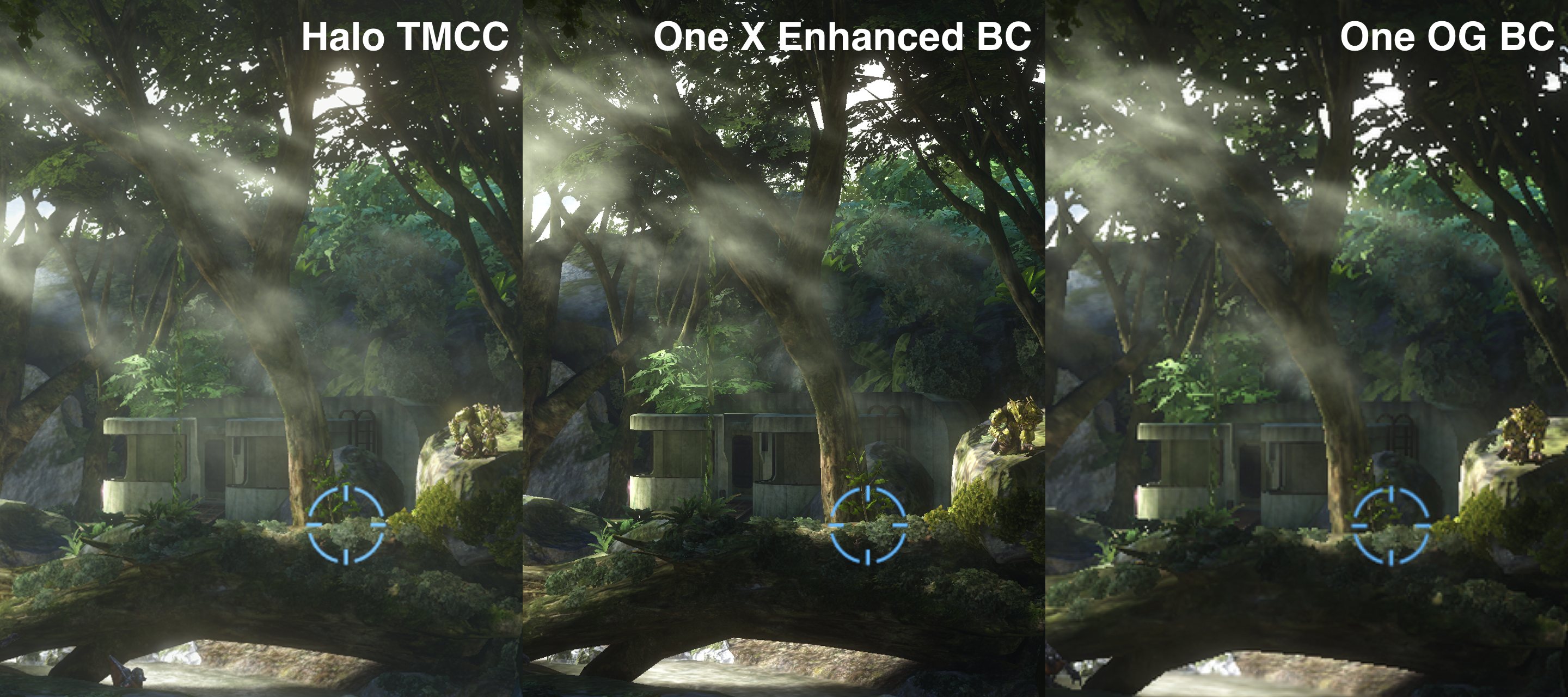




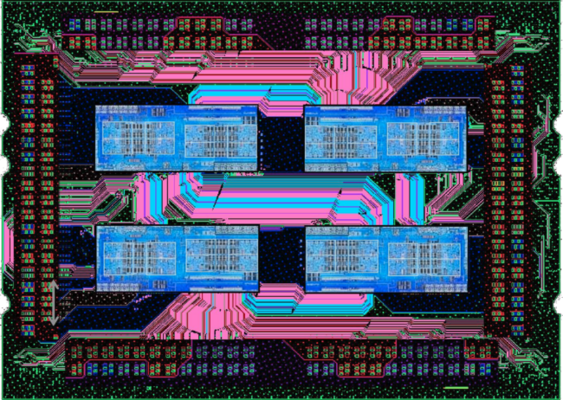
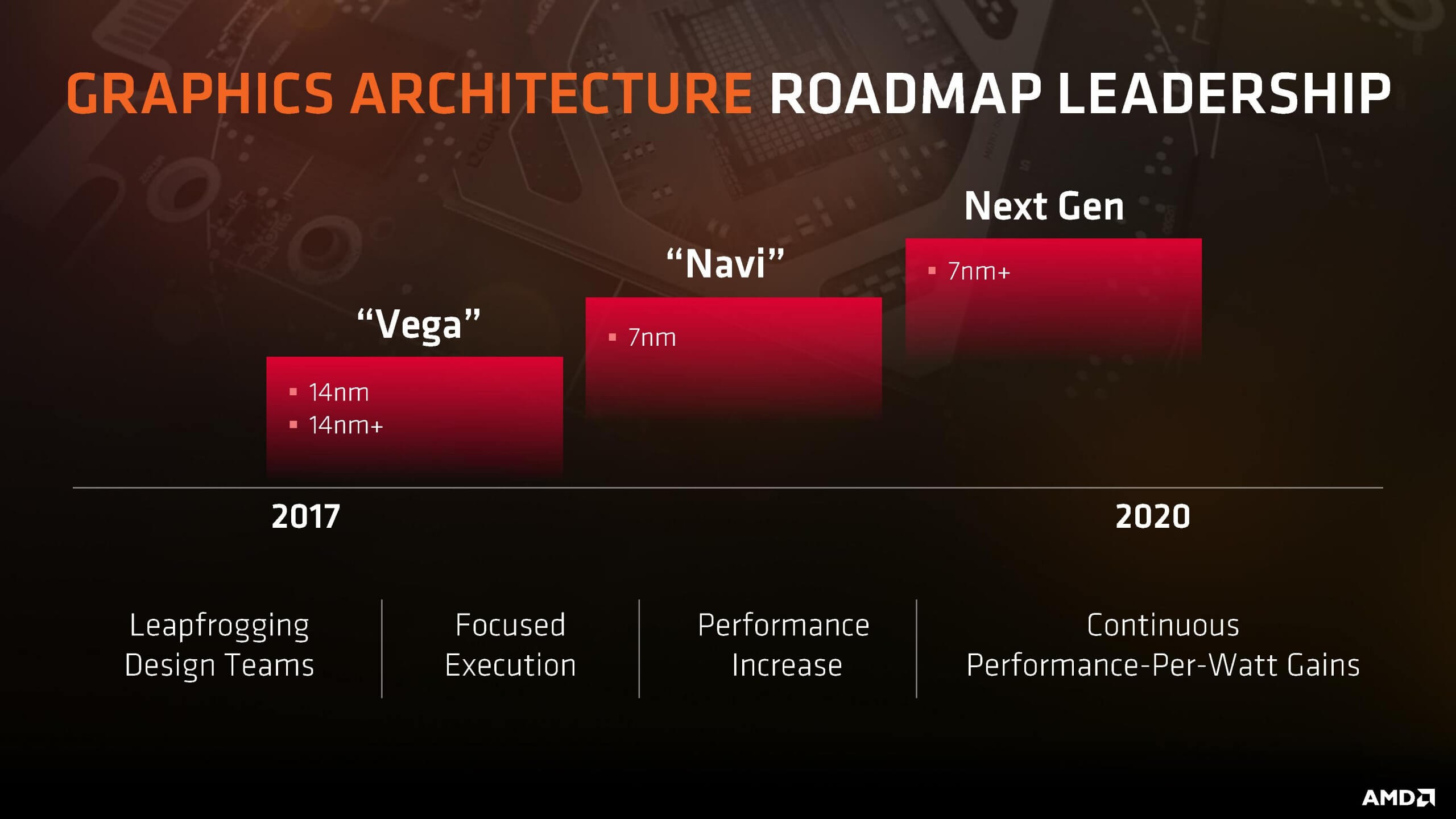
"Vega's" new primitive shader support allows some parts of the geometry processing pipeline to be combined and replaced with a new, highly ecient shader type. These flexible, general-purpose shaders can be launched very quickly, enabling more than four times the peak primitive cull rate per clock cycle. In a typical scene, around half of the geometry will be discarded through various techniques such as frustum culling, back-face culling, and small-primitive culling. The faster these primitives are discarded, the faster the GPU can start rendering the visible geometry. Furthermore, traditional geometry pipelines discard primitives after vertex processing is completed, which can waste computing resources and create bottlenecks when storing a large batch of unnecessary attributes. Primitive shaders enable early culling to save those resources.
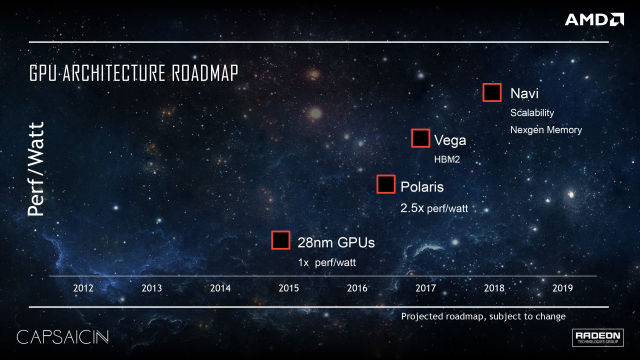
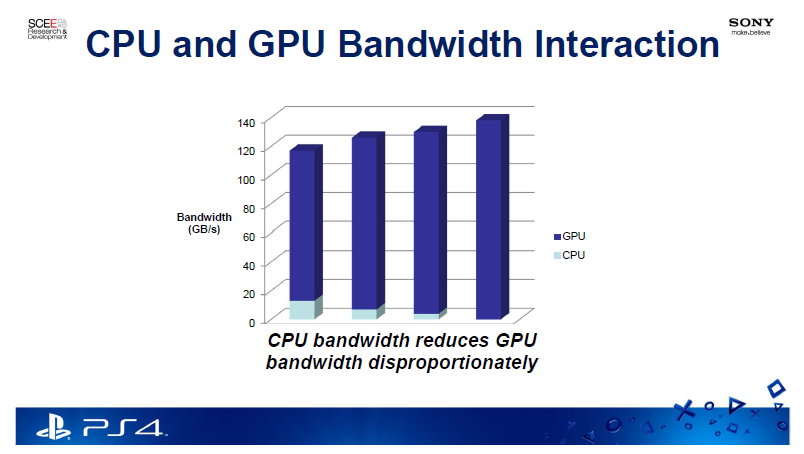
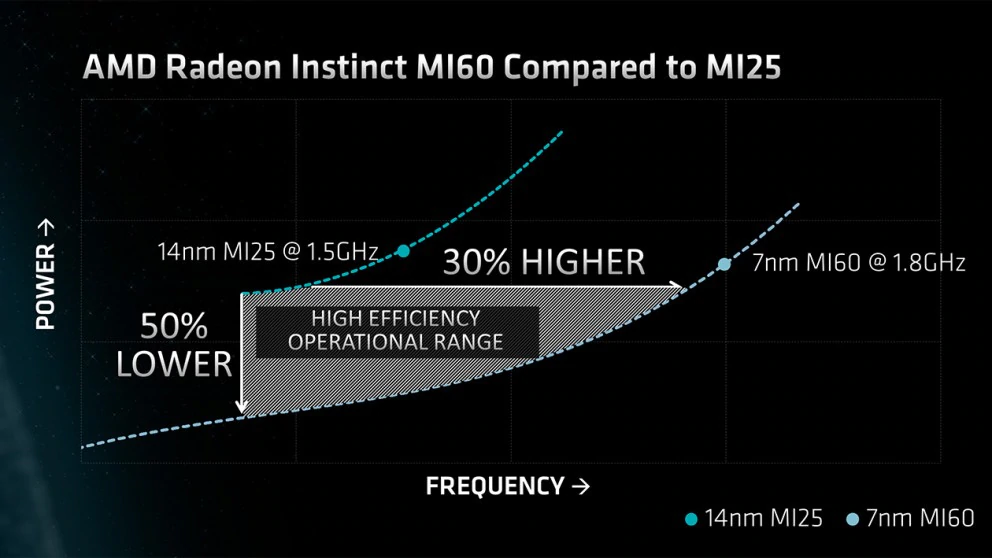
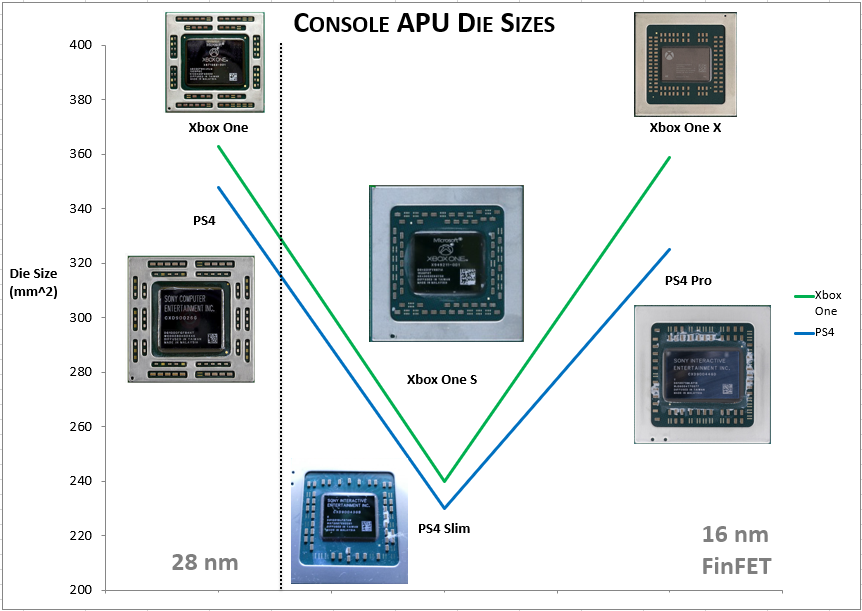
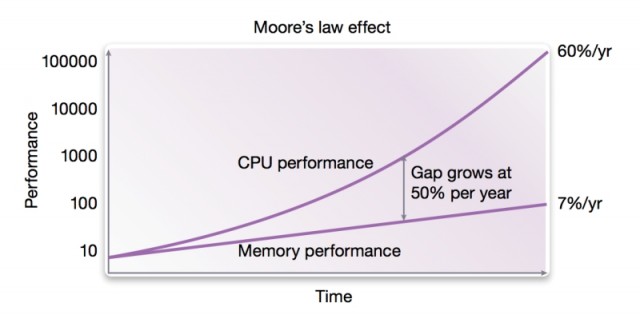
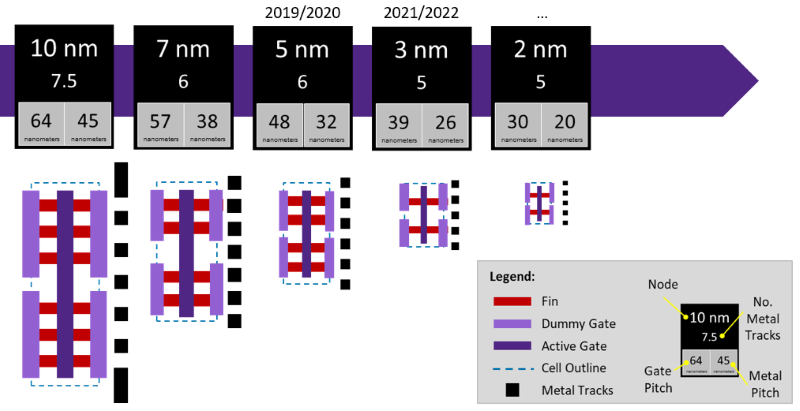

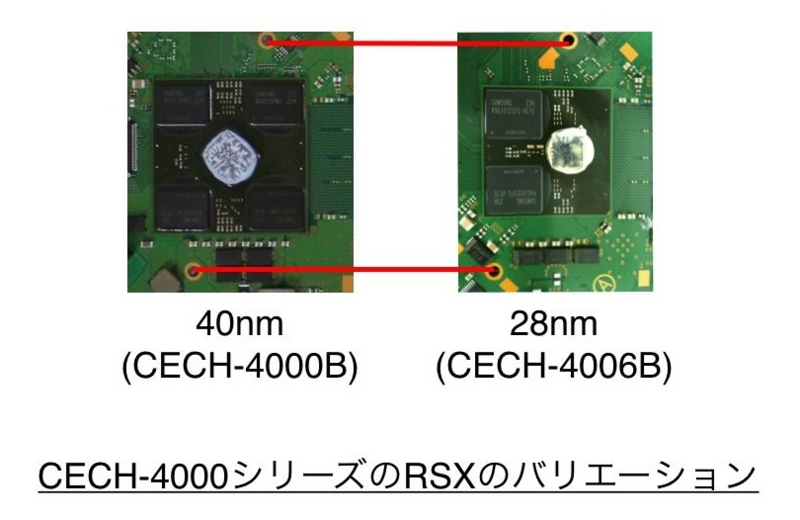
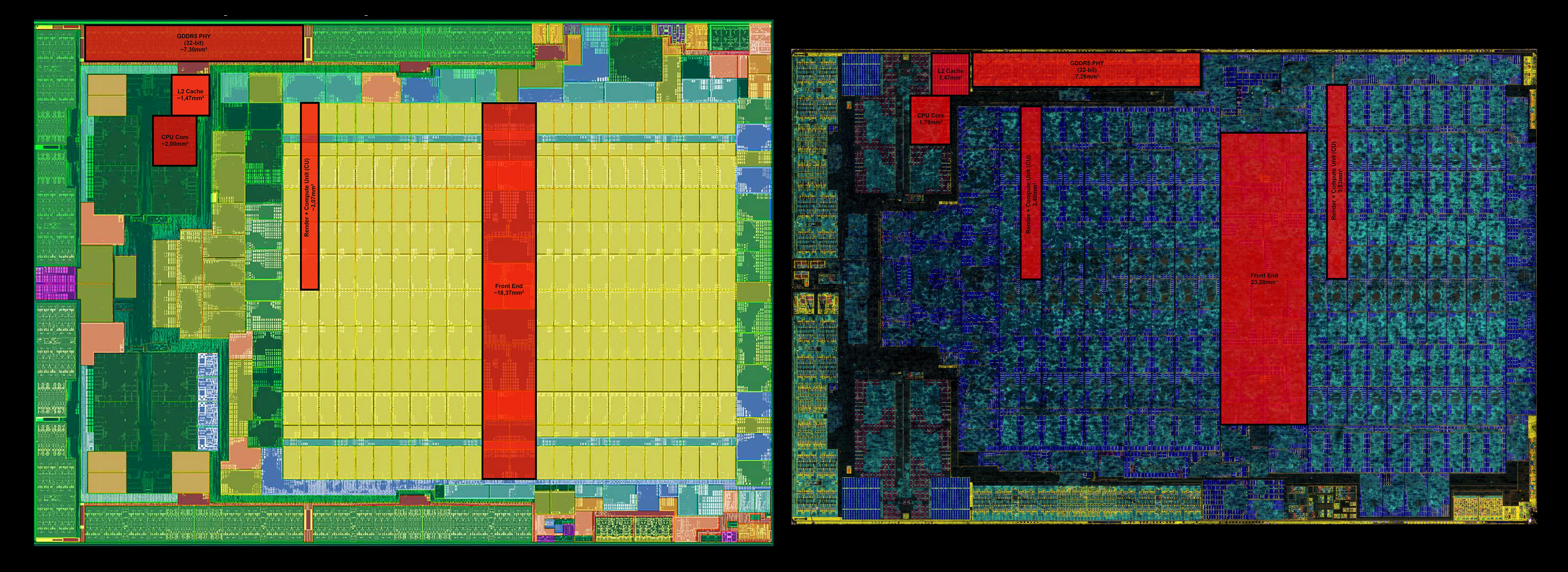
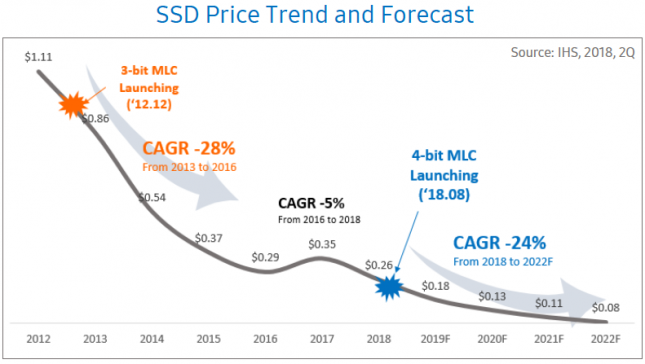
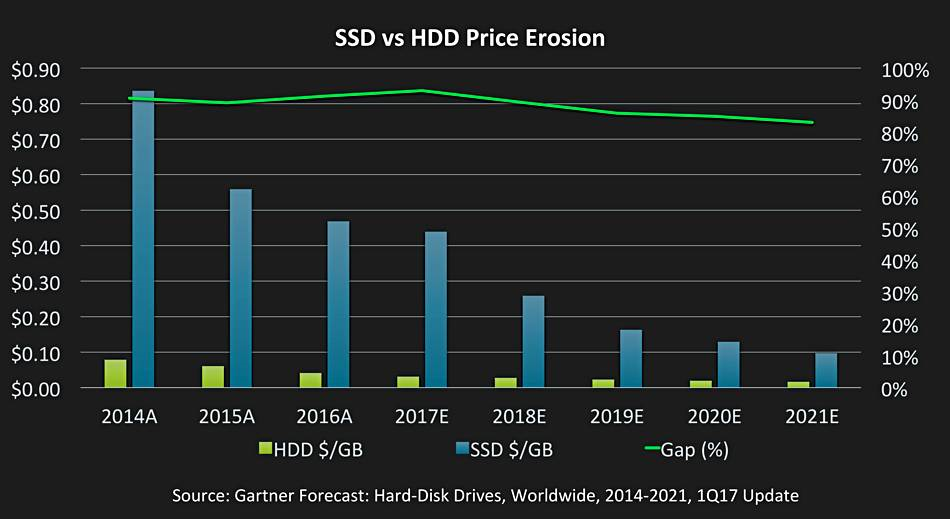
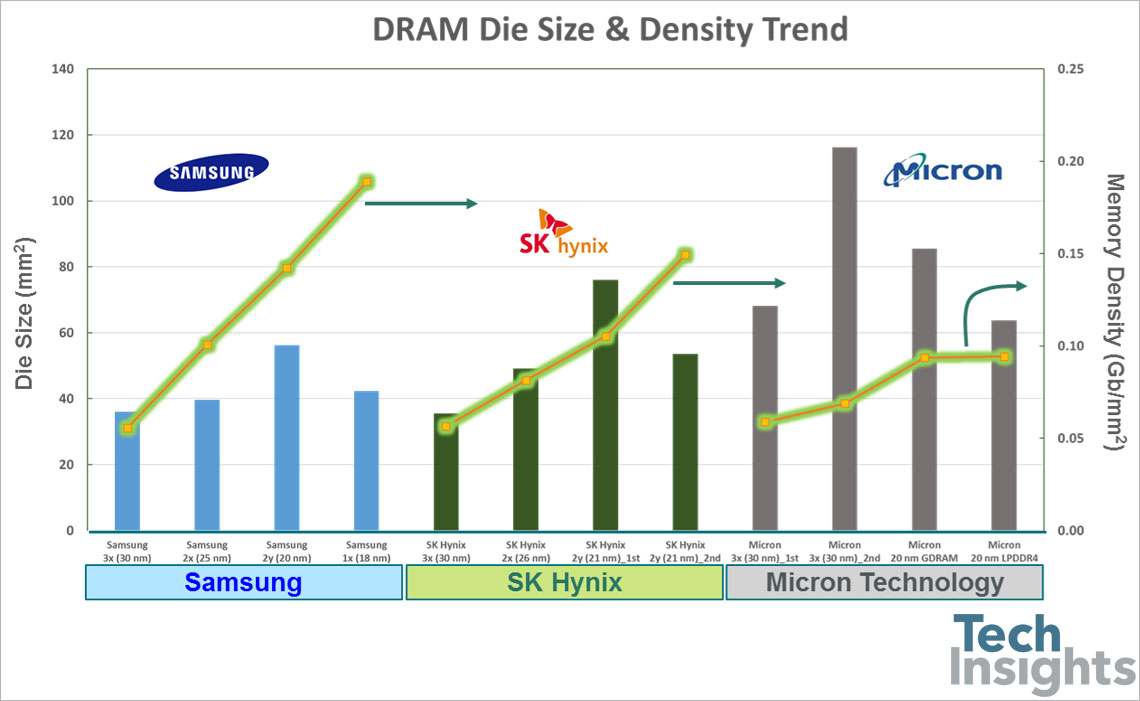
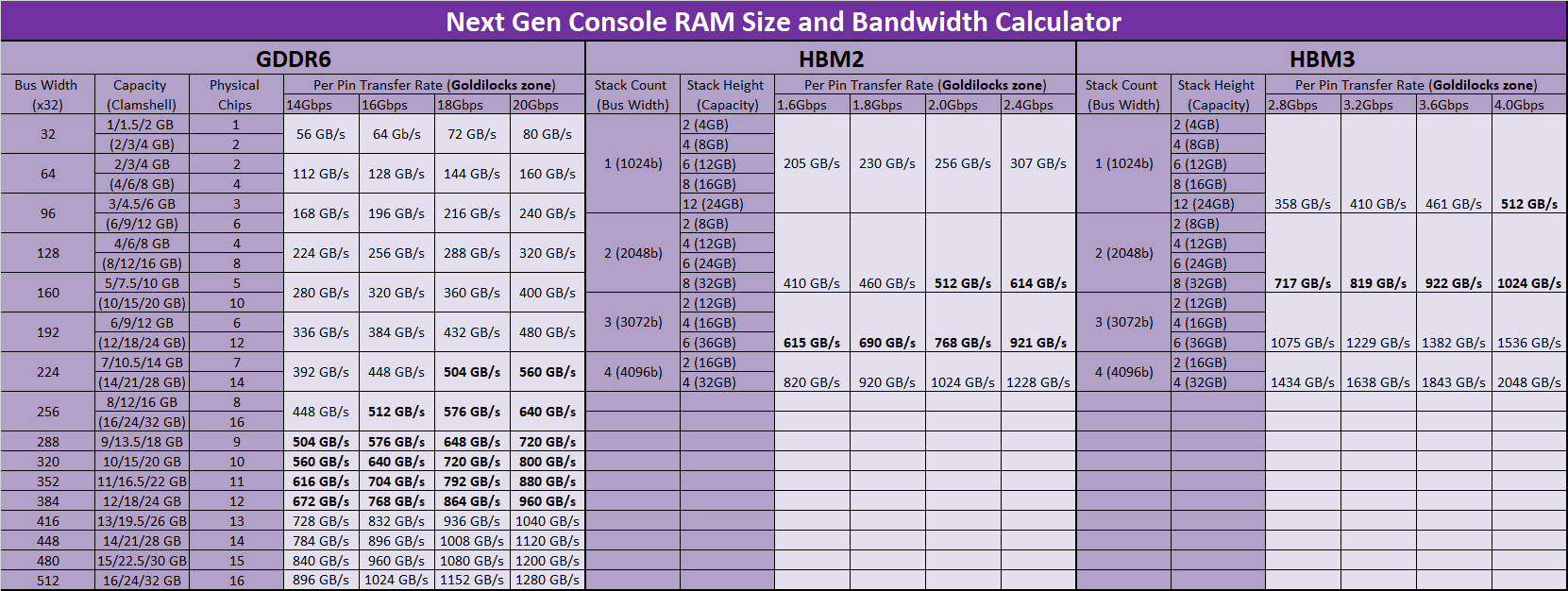
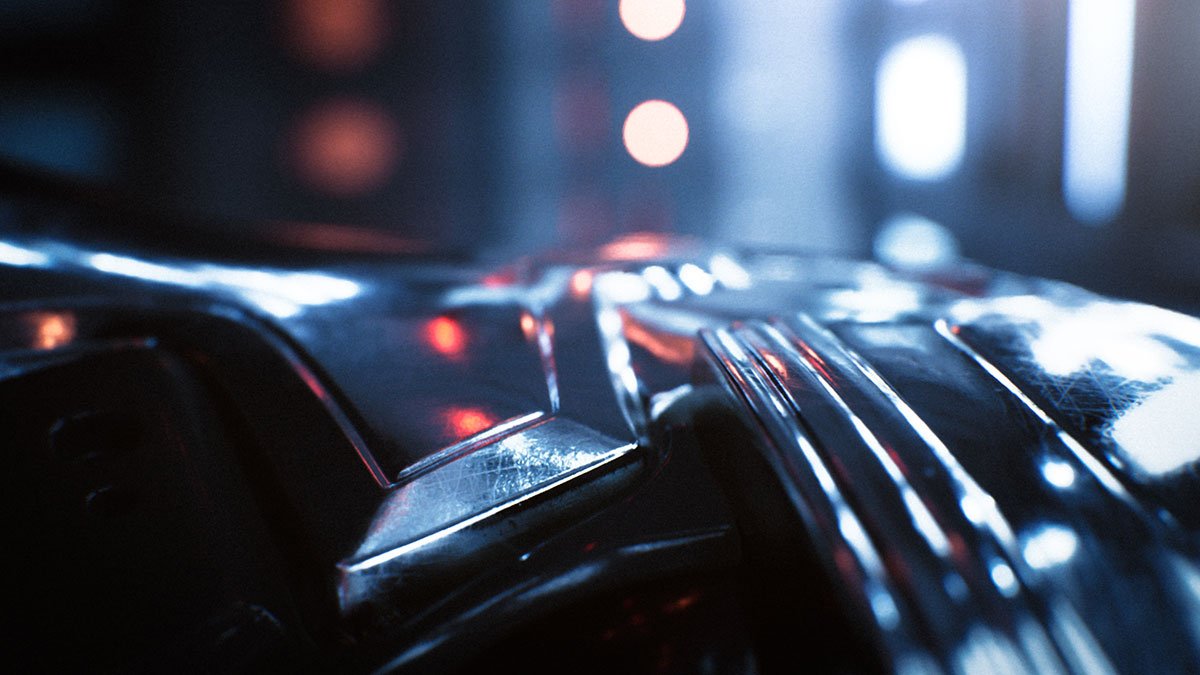

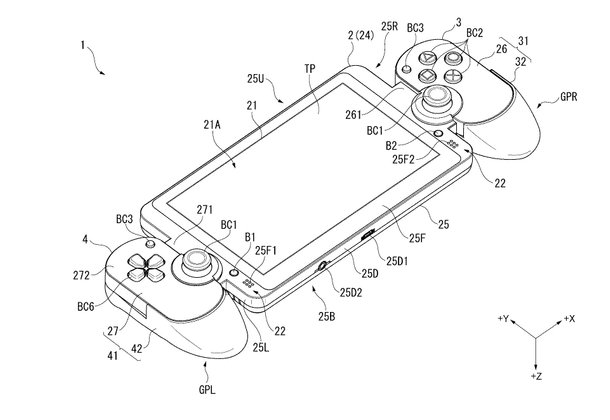
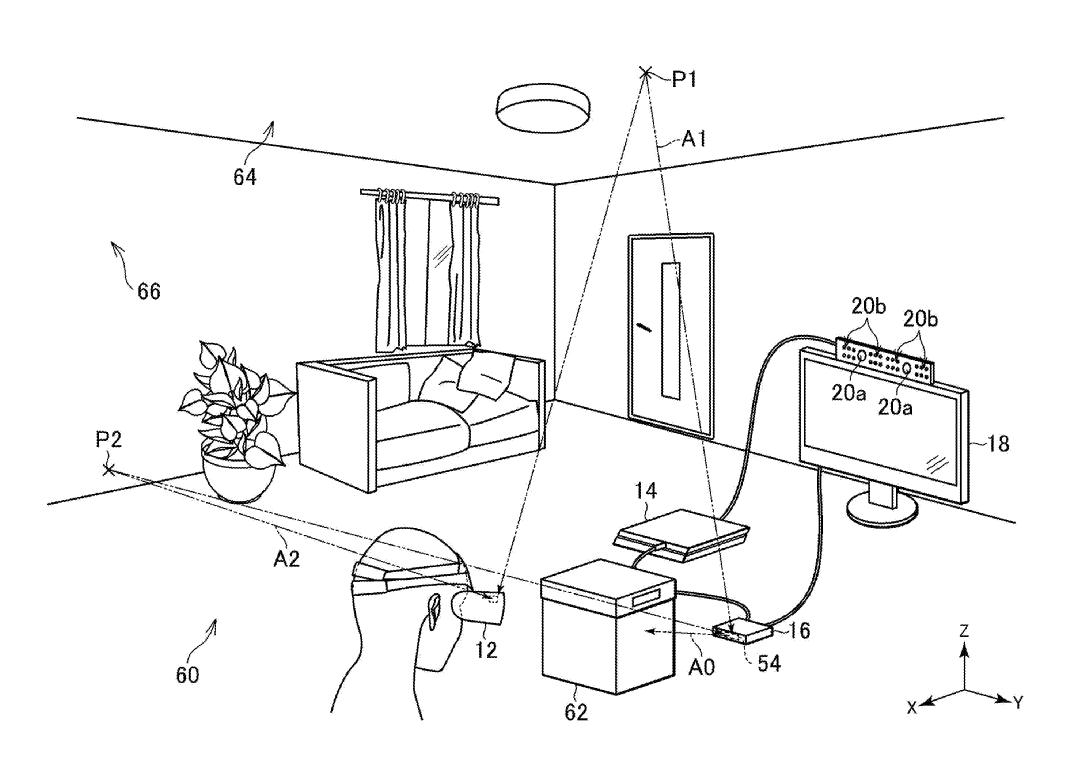
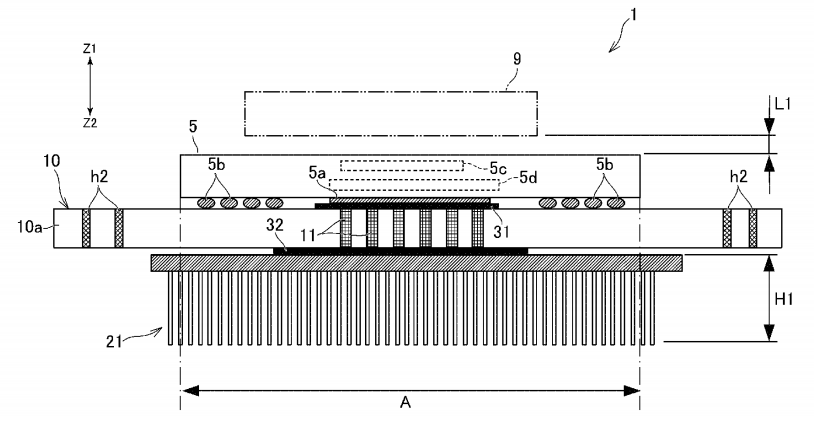
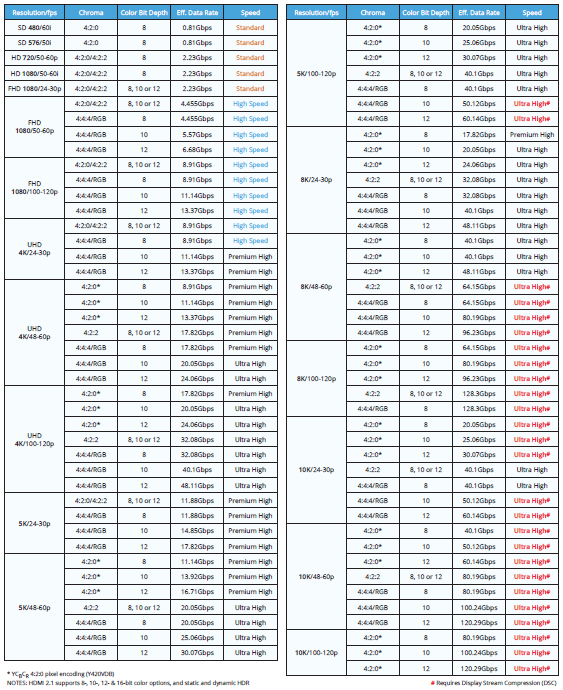
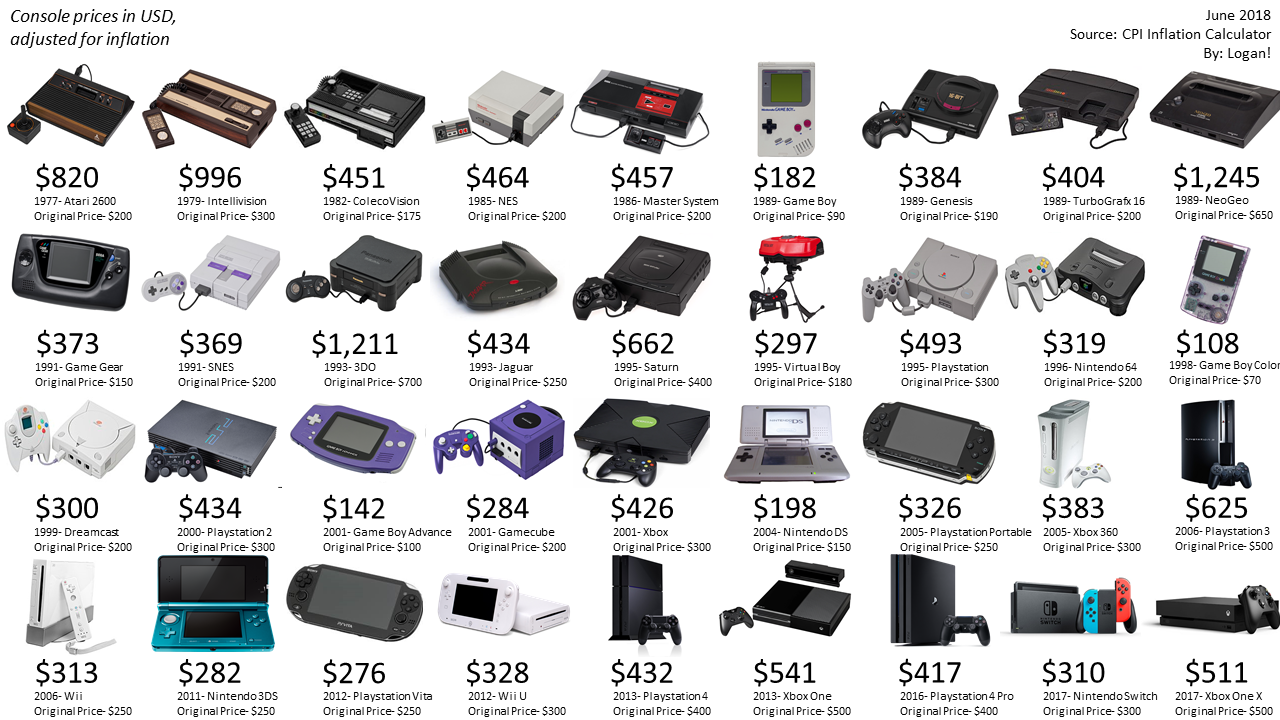
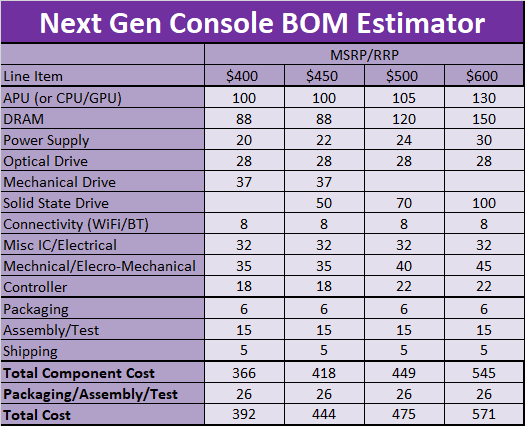
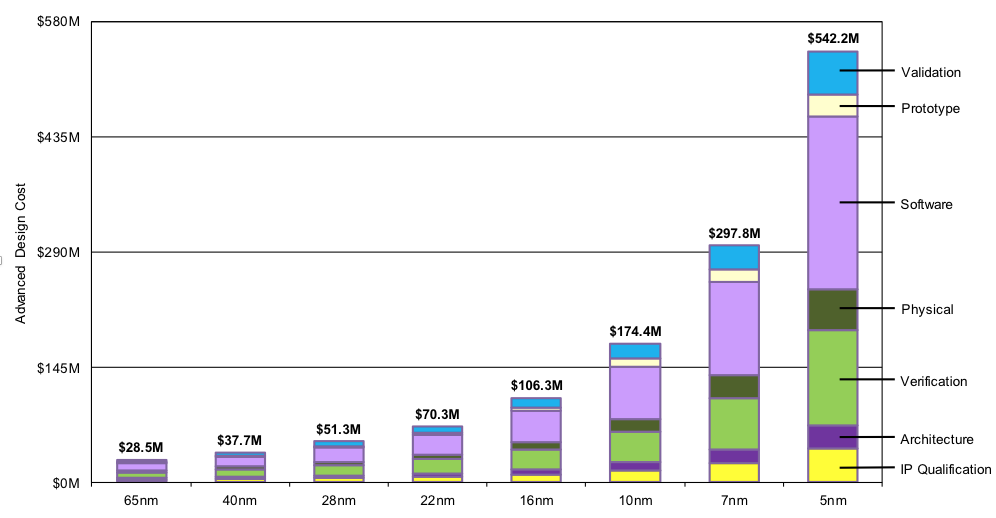
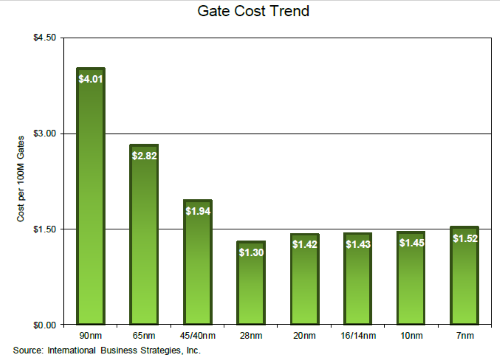
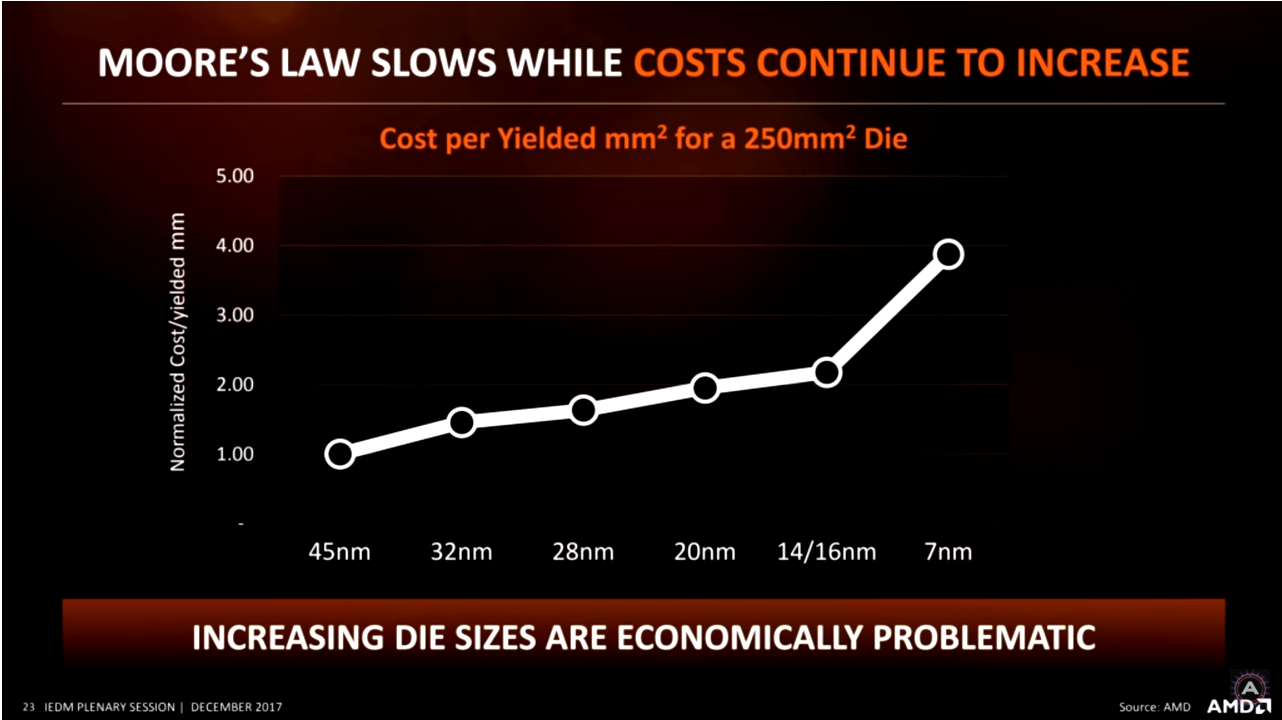
X Cloud is not going to bankrupt Microsoft. It is a long term bet on where they think the industry is headed. Sony wants to bring Playstation Now to other devices. Google was testing Project Stream, Nvidia has GeForce streaming platform and Ubisoft's big wig thinks that this is going to be the last console generation before streaming is the main way people play games (I think he is wrong).
We stream a lot of content today from music to movies, TV shows and even sports events. The streaming aspect is something that has also given a lot of content creators a career that they would have never had prior to tech being this good or being as widespread across majority of the world.
So what is Microsoft doing? They are going to leverage their cloud with gaming. Try and get a system that works for both gaming and cloud compute so that as the market for gaming takes time to grow, they still have something that can generate revenue.
I also do not know why they would be giving away the service to users. X Cloud as I see it (and I could be wrong) is a medium to simply bring Game Pass to more devices.
I don't think you realise, but Bing, Xbox, Netflix, Amazon Prime and many other services were losses for years, all companies were willing to burn money to get users, profit comes back long term.
Since Microsoft is betting that Cloud Streaming will become a viable market, they are willing to let Xbox stay in the red to gain an advantage in the market.

